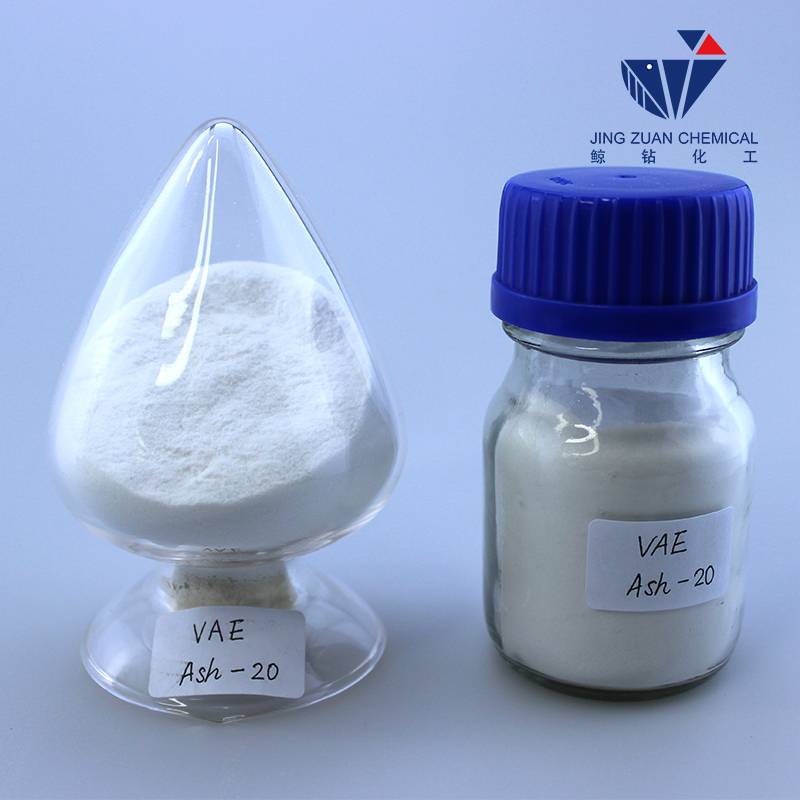
marras . 13, 2024 20:13 Back to list
hydroxyethyl cellulose manufacturers
Hydroxyethyl Cellulose Manufacturers Innovation in Polymer Solutions
Hydroxyethyl cellulose (HEC) is a non-ionic, water-soluble polymer derived from cellulose, which is one of the most abundant biopolymers on earth. Due to its unique properties, such as thickening, gelling, and binding, HEC finds extensive applications in various industries, including pharmaceuticals, cosmetics, food, and construction. The role of hydroxyethyl cellulose manufacturers is pivotal in ensuring the availability of high-quality HEC that meets diverse industry requirements.
Understanding Hydroxyethyl Cellulose
HEC is produced by the etherification of cellulose, which involves introducing hydroxyethyl groups into the cellulose structure. This modification increases the polymer’s solubility in cold and hot water, as well as enhances its film-forming capabilities. Its ability to form viscous solutions makes it an indispensable ingredient in many formulation processes. For instance, in the construction industry, HEC is used as a thickening agent in cement and plaster, improving workability and adhesion.
Key Applications of HEC
1. Pharmaceuticals Hydroxyethyl cellulose serves as a binder in tablet formulations, helping to ensure uniformity in the distribution of active ingredients and improving the mechanical strength of tablets. Additionally, it is utilized in controlled-release drug formulations and as a suspending agent for liquid medications.
2. Cosmetics and Personal Care In cosmetic formulations, HEC acts as a rheological modifier, enhancing the texture and stability of products such as lotions, creams, and shampoos. Its ability to retain moisture also makes it an excellent humectant, contributing to skin hydration.
3. Food Industry HEC is used as a thickener and stabilizer in various food products, such as sauces, dressings, and dairy products. Its non-toxic nature and approval for use in food applications by regulatory agencies make it a preferred choice among food manufacturers.
4. Construction In construction materials, HEC enhances the workability of cement-based products and improves their adhesion properties. It also helps in preventing segregation of the mix during the application process.
hydroxyethyl cellulose manufacturers

The Role of Manufacturers
Hydroxyethyl cellulose manufacturers play a crucial role in the supply chain, addressing the demands of different industries. The quality of HEC is influenced by factors such as the source of cellulose, the etherification process, and the purity of the final product. Reputable manufacturers invest in advanced technologies and adhere to stringent quality control measures to ensure that their products meet both industrial standards and end-user requirements.
Innovative manufacturing practices are being explored, such as modifying HEC to create derivatives tailored for specific applications. For example, HEC can be combined with other polymers to enhance its properties, or its molecular weight can be customized to achieve desired viscosity levels. Such innovations are essential for manufacturers to stay competitive in the market and to cater to the ever-evolving needs of their customers.
Market Trends and Challenges
The global demand for hydroxyethyl cellulose continues to rise, driven by growth in industries like construction and personal care. However, manufacturers face challenges, including fluctuations in raw material prices and the need for sustainable production methods. With an increasing emphasis on environmental sustainability, manufacturers are exploring bio-based sources and greener production technologies.
Furthermore, the regulatory landscape surrounding chemical manufacturing is becoming more complex. Manufacturers must navigate various regulations concerning the safety and environmental impact of their products. Compliance not only protects the manufacturer's reputation but also assures customers of the quality and safety of the products they are using.
Conclusion
Hydroxyethyl cellulose manufacturers are at the forefront of delivering versatile and essential polymer solutions required in various industries. By leveraging innovative technologies and adhering to rigorous quality standards, they ensure the continuous supply of HEC, contributing significantly to advancements in product formulations and applications. As the market evolves, manufacturers must embrace sustainable practices and remain agile to adapt to changing consumer preferences and regulatory challenges. The future of hydroxyethyl cellulose manufacturing promises exciting opportunities for growth, innovation, and enhanced customer satisfaction.
-
Unlocking the Benefits of HPMC Products: A Gateway to Versatile Applications
NewsAug.07,2025
-
Unleashing the Potential of HPMC Ashland: A Comprehensive Look
NewsAug.07,2025
-
Tile Bonding Cellulose: The Key to Superior Adhesion and Durability
NewsAug.07,2025
-
Hydroxypropyl Methylcellulose Powder: The Versatile Component in Modern Pharmaceuticals
NewsAug.07,2025
-
Hydroxyethyl Cellulose: The Versatile Solution for Various Industries
NewsAug.07,2025
-
Hydroxyethyl Cellulose (HEC): The Versatile Polymer for Various Applications
NewsAug.07,2025







